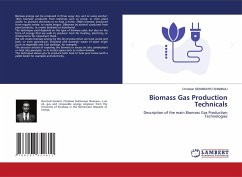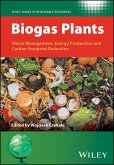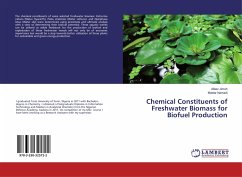Biomass energy can be produced in three ways: dry, wet or using alcohol: 1)Dry biomass: produced from materials such as wood, or even plant waste, to produce electricity or to heat a home. 2)Wet biomass: produced from organic waste, to create biogas. 3)Biomass by alcohol: produced from plant products, to create biodiesel or bioethanol.The technique used depends on the type of biomass used, but also on the form of energy that we wish to produce: heat for heating, electricity, or driving force for movement (fuel).We can create biomass energy by the dry process when we have wood and bark, or even agricultural, industrial and domestic waste of plant origin (such as vegetable and fruit peelings, for example).The process consists of exposing the biomass to excess air (dry combustion) or heat (dry pyrolysis), or to certain gases such as carbon dioxide. This technique allows you to produce both heat to heat your home (with a pellet boiler for example) and electricity.
Bitte wählen Sie Ihr Anliegen aus.
Rechnungen
Retourenschein anfordern
Bestellstatus
Storno








